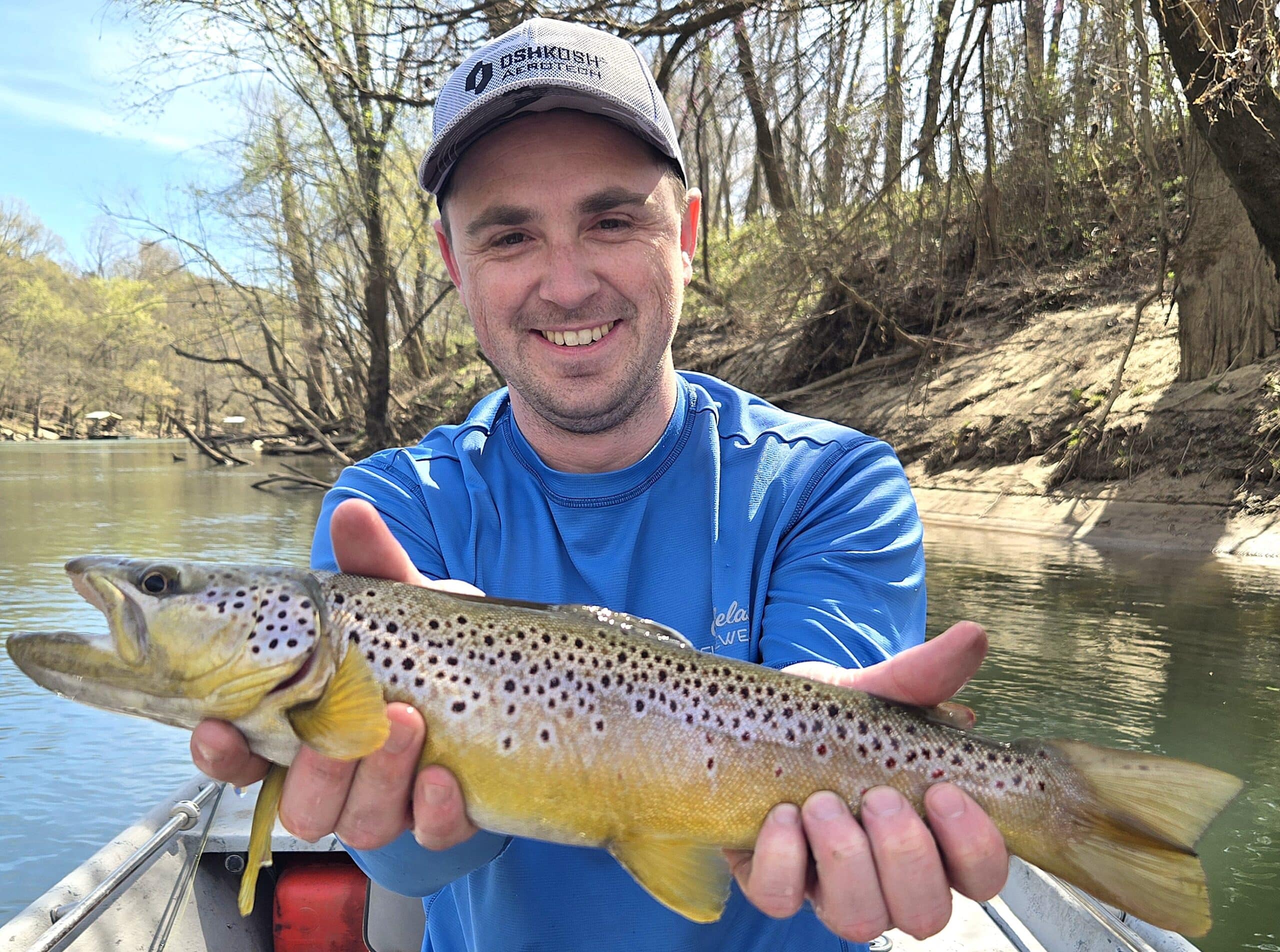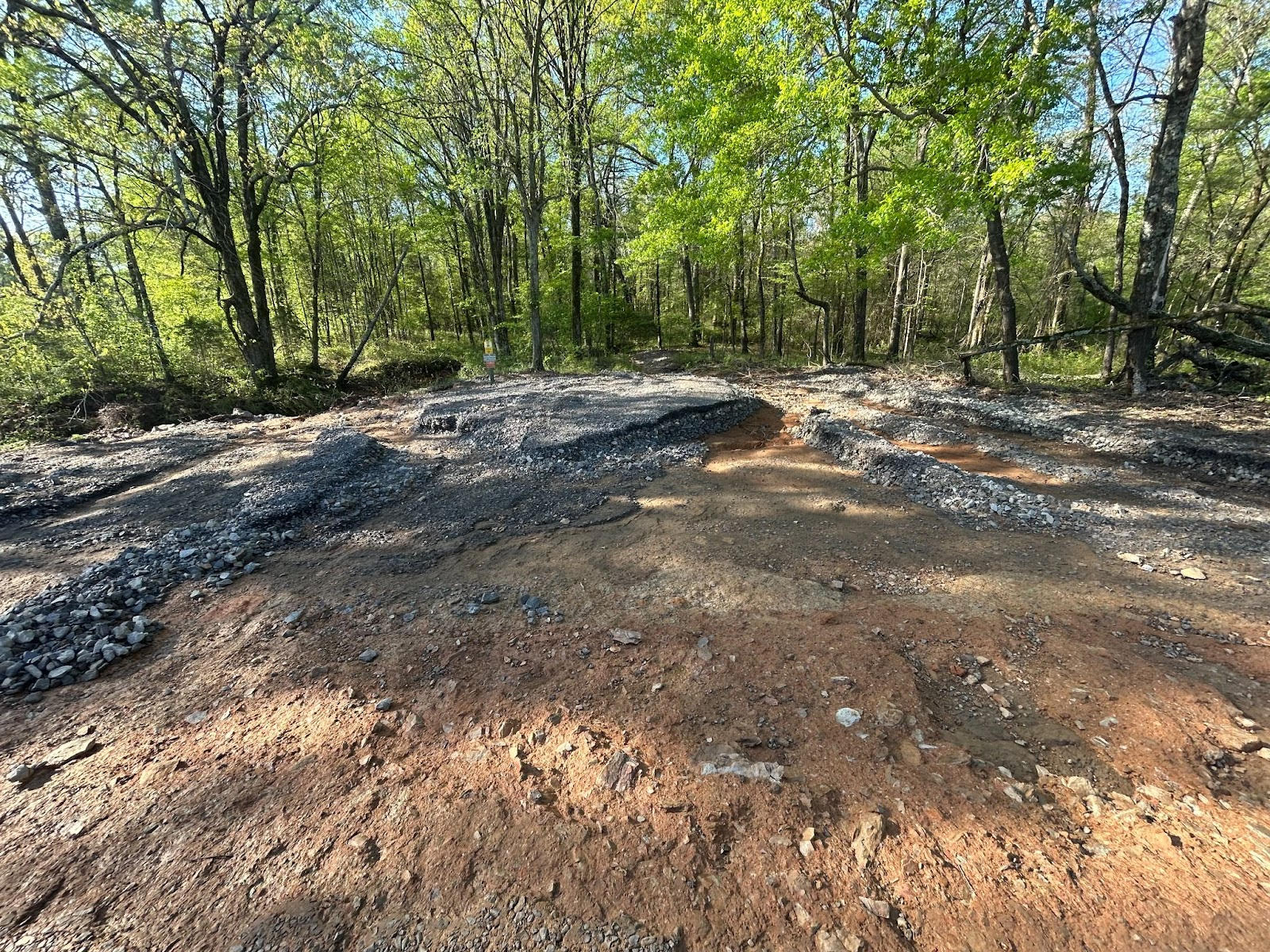Waterfowl Season Dates, Rules & Regulations
Waterfowl Hunting Regulations
Migratory bird hunters in Arkansas 16 or older are required to carry proof of Arkansas Harvest Information Program (HIP) registration when hunting ducks, geese, doves, coots, woodcock, snipe, rails or gallinules. HIP registration should be completed when purchasing a license at any Arkansas Game and Fish Commission office or online.
Hunting on WMAs Ends at Noon
Shooting is allowed from 30 minutes before sunrise and ends at noon during regular duck season except where noted in WMA-specific details. Waterfowl hunting is allowed 30 minutes before sunrise until sunset on the last day of regular duck season and during the Youth and Special Active Duty Military and Veteran Waterfowl Hunts on all WMAs.
Waterfowl Hunter WMA Access Times
Waterfowl hunters must be off water-inundated areas or natural/man-made water courses by 1 p.m. (by noon on Dave Donaldson Black River WMA and George H. Dunklin Jr. Bayou Meto WMA) during regular duck season except where noted in WMA-specific details. Waterfowl hunters must be off water-inundated areas or natural/man-made water courses by 6:30 p.m. on the last day of regular duck season and during the Youth and Special Active Duty Military and Veteran Waterfowl Hunts on all WMAs.
Sept. 15-30, 2024*
Daily Limit – 6 (blue-winged, green-winged and cinnamon teal combined)
Possession Limit – 18
*Shooting hours begin at sunrise
Nov. 23-Dec. 2, 2024
Dec. 10-23, 2024
Dec. 27, 2024-Jan. 31, 2025
Duck daily bag limit – 6, which may include no more than:
4 mallards (2 hens), 1 scaup, 3 wood ducks, 1 pintail, 2 redheads, 2 canvasbacks, 2 black ducks, 1 mottled duck. If not listed, up to 6 ducks of a species (including teal) may be taken.
Coot daily bag limit – 15.
Merganser daily bag limit – 5, which may include no more than 2 hooded mergansers.
Possession limit for ducks, coots and mergansers is three times the daily bag limit.
Feb. 8-9, 2025
On these days, youths 15 and younger may harvest ducks, geese, coots and mergansers. Youths who have not completed a hunter education course must be accompanied by a mentor 21 or older. Mentors may not hunt, but may call waterfowl. Shooting hours and bag limits are the same as the regular duck and goose seasons. Youth hunters can hunt on wildlife management areas 30 minutes before sunrise until sunset these two days. WMA General Use Permits are not required for youth hunters.
Feb. 9, 2025
On this day members of active duty military and military veterans may harvest ducks, geese, coots and mergansers. Active duty military includes members of the National Guard and Reserves on active duty (other than for training). Veterans must have served in active military, naval, air service or Reserves and National Guard on Title 32 orders in a combat zone and must have been discharged or released under Honorable conditions. Hunters will need to have an active hunting license and stamps and one of the following or copy during the hunt: DD214, Veteran Benefit Card, Retired Military I.D., Veteran Hunting License (VLF, VLH, VLC2 or VLL2) or Military I.D. card. Shooting hours and bag limits are the same as regular duck and goose seasons. Hunters may hunt on wildlife management areas from 30 minutes before sunrise until sunset on this day. WMA General Use Permits are required.
Sept. 1-Oct. 15, 2024
Daily bag limit – 5
Possession limit – 15
Nov. 23-Dec. 2, 2024
Dec. 10-23, 2024
Dec. 27, 2024-Jan. 31, 2025
Daily bag limit – 2
Possession limit – 6
Oct. 26-Nov. 3, 2024
Nov. 23-Dec. 2, 2024
Dec. 10-23, 2024
Dec. 27, 2024-Jan. 31, 2025
Daily bag limit – 2
Possession limit – 6
Oct. 26-Nov. 3, 2024
Nov. 23-Dec. 2, 2024
Dec. 10-23, 2024
Dec. 27, 2024-Jan. 31, 2025
Daily bag limit – 20
No possession limit
Feb. 1-7, 2025
Feb. 10-April 25, 2025
Bag Limit – None
Go to Light Goose Conservation Order page for special regulations.
Hunting on Wildlife Management Areas
A free annual WMA General Use Permit is required to hunt or trap on all WMAs. Permits are available online at www.agfc.com or by calling 833-345-0325 or any regional office.
Waterfowl Guides
It is illegal for waterfowl hunters to be guided on wildlife management areas, special use areas or national wildlife refuges. Both hunters and guides are subject to penalties.
Hunting Ends at Noon
Shooting is allowed from 30 minutes before sunrise and ends at noon except where noted in the current Waterfowl Hunting Guidebook. Waterfowl hunters on WMAs must cease all shooting at noon from Nov. 23, 2024- Jan. 30, 2025. Waterfowl hunting is allowed 30 minutes before sunrise until sunset on Jan. 31, 2025 and Feb. 8-9, 2025 (Youth and Special Active Duty Military and Veteran Waterfowl Hunts) on WMAs.
Waterfowl Hunter WMA Access Times
Waterfowl hunters must be off water-inundated areas or natural/man-made water courses by 1 p.m. (by noon on Dave Donaldson Black River WMA and George H. Dunklin Jr. Bayou Meto WMA) from Nov. 23, 2024-Jan. 30, 2025. Waterfowl hunters must be off water-inundated areas or natural/man-made water courses by 6:30 p.m. Jan. 31, 2025 and Feb. 8-9, 2025.
No Equipment Left Overnight
Waterfowl decoys, dog stands and platforms may not be left out overnight on wildlife management areas, special use areas or wildlife demonstration areas, including river channels within exterior boundaries of WMAs. Boats in staging areas must be occupied. Boats cannot be left overnight except on Dave Donaldson Black River WMA at slough boat access points.
Vegetation Destruction Prohibited
On Commission-owned WMAs, it is illegal to use or possess chainsaws, handsaws, hatchets, axes, weed trimmers, string trimmers or other cutting devices. Chemical defoliants also are prohibited. Exceptions to this rule include: hunting knives, pocketknives and pocket saws; campers in designated camping areas; and trappers using hatchets during trapping season.
Permanent Duck Blinds
It is illegal to build, erect or hunt from a duck blind (any structure fabricated from metal, lumber, wire, nylon or other building materials) which is not removed or torn down each day at the end of shooting hours. This applies to all WMAs including river channels within exterior boundaries of WMAs.
Special Youth Waterfowl Hunt
Hunting is allowed by youths 15 and younger during the Youth Waterfowl Hunts on WMAs and NWRs open to waterfowl hunting, Feb. 8-9, 2025. During this hunt, youths have no shot shell limit on WMAs and may hunt from 30 minutes before sunrise until sunset. Nonresident Permits are not required for this hunt.
Special Active Duty Military and Veteran Hunt
Hunting is allowed by members of active duty military and military veterans during the Special Active Duty Military and Veteran Waterfowl Hunt, Feb. 9, 2025. During this hunt, members of active duty military and military veterans have no shot shell limit on WMAs and may hunt from 30 minutes before sunrise until sunset on WMAs and NWRs open to waterfowl hunting. Nonresident Permits are not required for this hunt.
In addition to a valid Arkansas hunting license, nonresidents need a valid Arkansas waterfowl stamp (DSN) and a 3-day Nonresident WMA Waterfowl Hunting Permit (NW3) or 30-day Nonresident WMA Waterfowl Hunting Permit (NW30) to hunt waterfowl on all wildlife management areas.
The 3-day permit costs $40, and the 30-day permit costs $200. Hunters are allowed to purchase up to 10 Nonresident WMA Waterfowl Hunting Permits. They are available online, by telephone or from license dealers. Nonresidents will also need a free WMA General Use permit when hunting on any WMA.
It is unlawful to operate a boat in any manner that is hazardous to persons or property on any part of a WMA or NWR including ramps, structures, boat lanes or other areas.
Examples of illegal boating practices include:
- Weaving through congested vessel traffic;
- Jumping the wake of another vessel too close to such other vessel;
- Operating a vessel when visibility is obstructed;
- Moving at a speed that exceeds the safe and reasonable limits under the circumstances or that creates a hazardous wash or wake upon approaching or passing vessels;
- Inattentive operation;
- Failure to keep a proper lookout;
- Failure to observe navigation rules;
- Swerving at the last possible moment to avoid collision where correction reasonably could have been made earlier;
- Operating while intoxicated or under the influence of any narcotic drug, barbiturate, or marijuana or while under any physical or mental disability so as to be incapable of operating safely under the circumstances;
- Colliding with, striking or bumping another vessel, object or person;
- Otherwise operating a vessel in a manner that endangers life, limb or property.
- Impeding the normal and reasonable movement of boating traffic, except when reduced speed is necessary for safe operation or in compliance with the law of regulations.
- With the exception of meeting oncoming boats, all boating traffic must proceed in single-file with no passing allowed, exception when boats have exited the current direction of travel or are no longer under power.
- All boating traffic on a WMA or NWR must maintain a minimum distance of 100 feet (approximately 6-boat lengths) between boats.
Any person found guilty of negligent operation (unintentional hazardous operation) may be fined $250 to $2,500, may be sentenced up to 60 days in jail and will be prohibited from accessing any WMA for one year from date of conviction.
Any person found guilty of reckless operation (intentional hazardous operation) may be fined $500 to $5,000, may be sentenced up to 90 days in jail, will be prohibited from accessing any WMA for one year from date of conviction and lose hunting and fishing privileges statewide for one year from the date of conviction.



